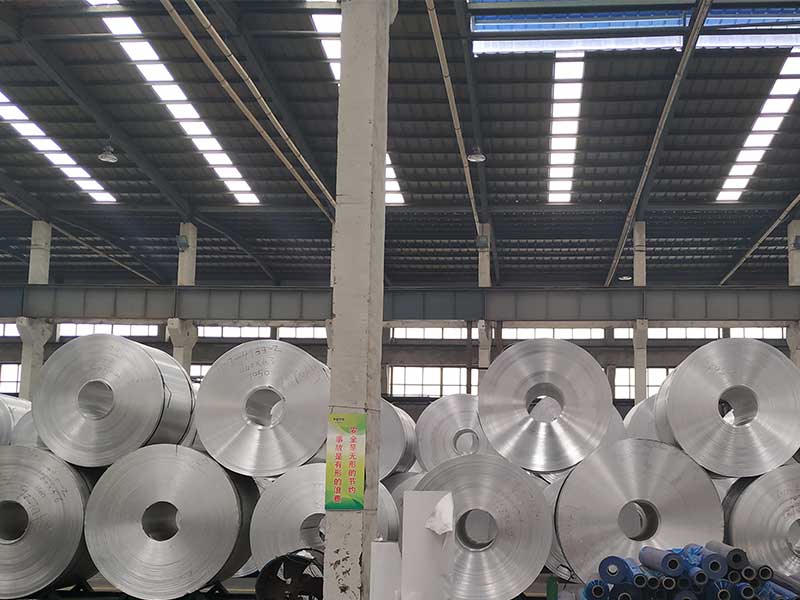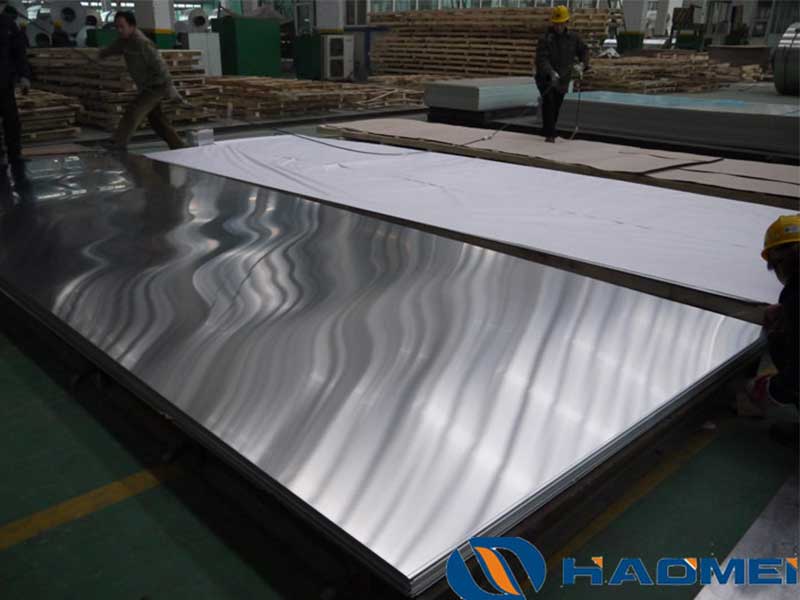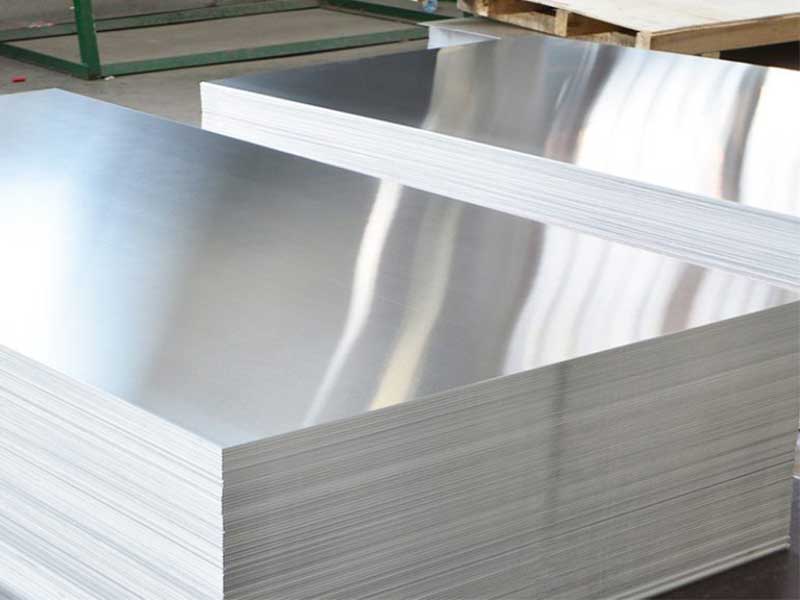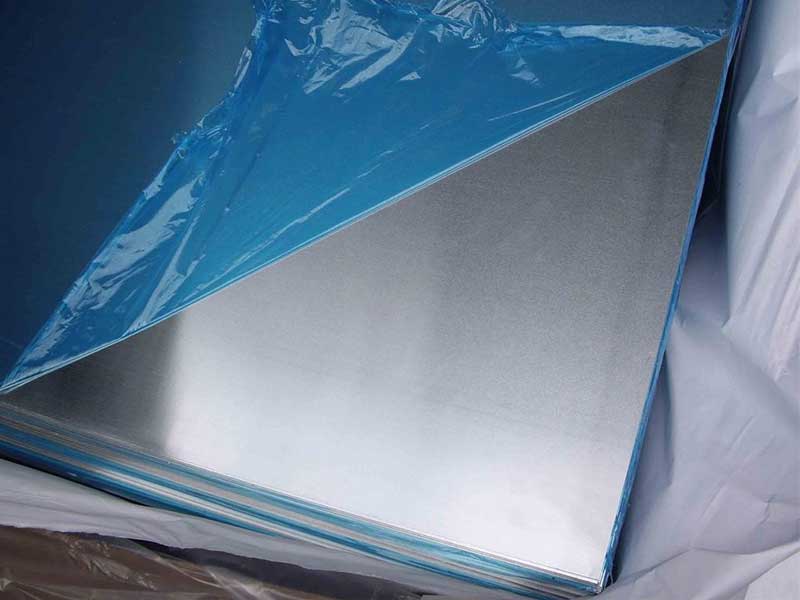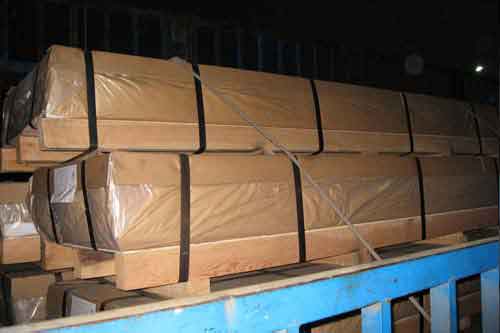Micro perforated aluminum sheets with thicknesses of 2mm, 3mm, and 4mm are increasingly critical components in modern industrial and architectural projects. Their finely engineered micro perforations combine lightweight properties with enhanced functional performance, making them ideal for sound absorption, ventilation, filtration, and aesthetic applications.
What Sets Micro Perforated Aluminum Sheets Apart?
Micro perforated aluminum sheets differ from standard perforated plates by their extremely small hole diameters, typically less than 1 mm, along with high-density hole distribution. This microstructure allows selective permeability to air, sound, and light but with robust structural integrity due to larger sheet thicknesses such as 2mm, 3mm, and 4mm.
Working with 2mm, 3mm, and 4mm micro-perforated aluminum sheets reveals distinct processing challenges and application nuances. The thinner 2mm sheets are more susceptible to bending and warping during fabrication, demanding careful handling and potentially requiring additional support during processes like cutting, punching, and forming. While offering superior flexibility for complex shapes, this thinner gauge necessitates tighter tolerances in tooling to avoid tearing or deformation around the micro-perforations. Conversely, the thicker 3mm and 4mm sheets offer increased rigidity and durability, better suited for applications requiring impact resistance or structural integrity. However, this comes at the cost of increased material consumption and potentially more challenging machining due to the thicker metal resisting cutting tools.
The micro-perforation itself introduces its own set of considerations. The hole size and pattern significantly influence the sheet's overall strength, aesthetic appeal, and acoustic properties. We've found that smaller perforation patterns on thicker sheets can create a more robust, yet still aesthetically pleasing, filter material. Conversely, larger holes in thinner sheets can achieve a desired level of light transmission or air permeability, but require more attention to edge stability. these interplays between thickness, perforation pattern, and desired application is crucial for selecting the optimal material and tailoring production methods to achieve the highest quality end product.
Why Thickness Matters
- 2mm thickness: Offers optimum balance between flexibility and strength, used commonly in detailed acoustic panels or fine filtration systems.
- 3mm thickness: Maintains enhanced rigidity for architectural facades or protective covers with moderate weight load requirements.
- 4mm thickness: Provides superior structural support and durability for industrial environments, heavy-duty ventilation panels, and soundproofing enclosures.
Technical Parameters & Chemical Composition
Material Alloy and Temper
Most micro perforated aluminum sheets fall under the 3000, 5000, or 6000 series. For quality and engineering integrity, the alloy commonly used is Aluminum 5052-H32 — notable for its anti-corrosive behavior and excellent workability.
| Parameter | Details |
|---|---|
| Aluminum Alloy | 5052 |
| Temper Designation | H32 (strain-hardened & stabilized) |
| Standard Thickness Options | 2mm, 3mm, 4mm |
| Micro Hole Diameter | 0.2 mm to 0.6 mm |
| Hole Shape | Round, slit, or customized |
| Open Area Percentage | 5% to 30%, variable based on hole pitch |
| Sheet Width/Length | Standard (e.g., 1220 x 2440 mm) or custom made |
| Surface Treatment | Anodized, powder coating, or mill finish |
Chemical Composition (as per ASTM B209/EN 485)
| Element | 5052 Aluminum Alloy Content (wt. %) |
|---|---|
| Aluminum (Al) | Remainder (~97.25 to 98.67%) |
| Magnesium (Mg) | 2.2 - 2.8% |
| Chromium (Cr) | 0.15 - 0.35% |
| Iron (Fe) | ≤ 0.4% |
| Silicon (Si) | ≤ 0.25% |
| Copper (Cu) | ≤ 0.1% |
| Manganese (Mn) | ≤ 0.1% |
| Zinc (Zn) | ≤ 0.1% |
| Titanium (Ti) | ≤ 0.03% |
Implementation Standards Ensuring Quality and Functionality
Micro perforated aluminum sheets in 2mm, 3mm, and 4mm thicknesses are manufactured under stringent standards to guarantee requisite mechanical and chemical properties:
- ASTM B209: Standard Specification for Aluminum and Aluminum-Alloy Sheet and Plate ensures the veracity of thickness, impurity levels, and mechanical tolerances.
- EN 485-2: European standard defines the properties related to mechanical testing on aluminum sheets.
- ISO 9001 Certified Processes: Ensure product traceability, consistency, and quality in manufacturing — critical for micro perforated sheets whose hole precision impacts acoustic and filtration performance.
Hole diameter, pitch (distance between holes), and metal ligament width (solid land between holes) are controlled meticulously through CNC punching or laser perforation techniques. These precision manufacturing standards differentiate micro perforated sheets from larger, conventional perforated panels by enabling ultra-fine filtration or sound absorption characteristics, tailored for specific engineering scenarios.
Acoustic Performance and Sound Absorption
Micro perforation effectively attenuates sound waves by converting sonic energy into heat via friction as air flows through the minute holes, especially effective when backed by an air cavity or porous material. Sheets of varying thickness contribute differently:
- Thinner sheets (2mm) with higher hole density are great for controlling mid to high-frequency noise.
- Thicker sheets (4mm) sustain structural demands in outdoor or industrial noise barriers.
Ventilation and Filtration
Relying on micro pores that impede particulate flow but permit air and moisture vapor, these sheets serve well in protective industrial machine covers, HVAC system components, and even in biomedical air filtering where precision is critical.
Structural and Aesthetic Integration
Combining mechanical strength with aesthetic flexibility, thicker micro perforated sheets (3-4mm) capped with anodizing give durable, corrosion-resistant cladding options for facades, sunshades, or procedural enclosures that need ventilation but also protection.
Application Highlights
| Industry | Typical Application | Thickness Preference |
|---|---|---|
| Architecture | Decorative wall panels, sun shading screens | 2mm / 3mm |
| HVAC & Ventilation | Air handling units, dust filtering panels | 3mm / 4mm |
| Acoustic Engineering | Sound absorption panels, noise control barriers | 2mm / 4mm |
| Automotive & Aerospace | Lightweight protective vents, noise-damping parts | 2mm / 3mm |
| Industrial Machinery | Protective mesh guards, cooling covers | 4mm |


